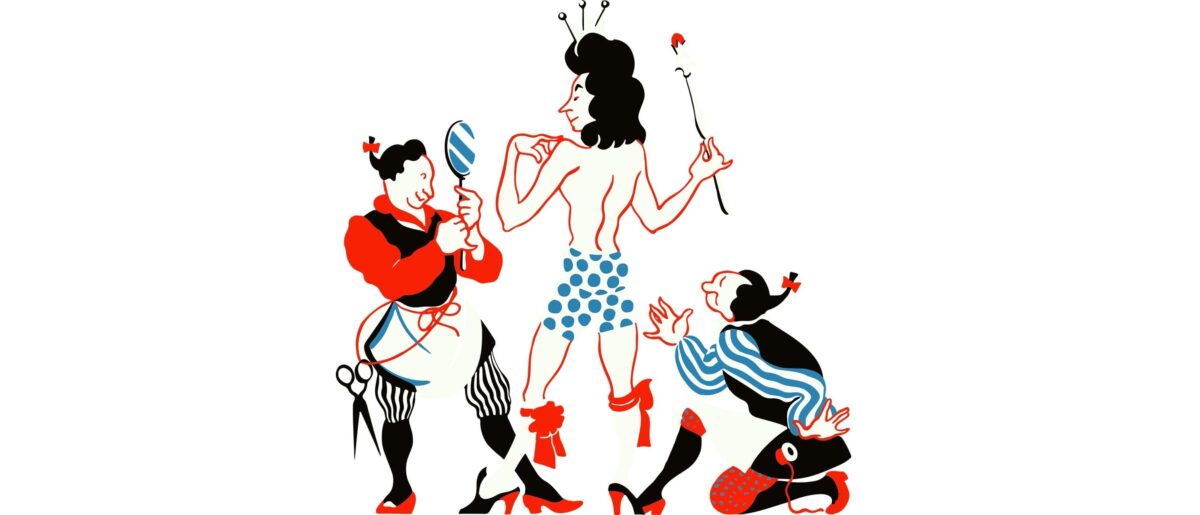Once upon a time, in a country not so far away, there was an emperor who was obsessed with appearances. His name was Donald Trump, and he loved to show off his grand delusion. Every day, he would boast about his latest tariffs, making sure everyone saw how great and tremendous his ideas were. His most important priority was making sure that the world knew he was the best emperor to ever rule.
One day, two swindlers called Putin and Musk arrived in the capital city. They claimed to be the most talented policy designers in the world. They told the emperor, “Your Majesty, we can create policies so tremendous, so great, that their wisdom is invisible to anyone who is a loser or unfit for their position.”
Emperor Trump, intrigued by this, immediately saw an opportunity to flaunt his superiority. “Tremendous! Ideas that only the wise can see the point of? That’s perfect for me. I need to feel more orange and powerful than anyone. Make them at once!”
The two swindlers got to work right away. They started wars and waved chainsaws around, though, in reality, it was all fake news. But the swindlers were very skilled at talking a good game. They told the emperor’s ministers, “Look at these stunning policies! Only the truly wise can see the quality in them.”
The emperor, eager to see his new policies, sent his most trusted advisors Vance and Waltz to inspect the work. But when they arrived, they saw nothing. Terrified of being thought losers or unfit for their positions, they both praised the nonexistent covfefe. “Yes, Your Majesty, these are the finest policies we’ve ever seen!” they exclaimed. “They are so tremendous, you will most certainly win and make a lot of money!”
The emperor, not wanting to appear unfit to rule, nodded enthusiastically. “Think them up for me immediately!”
When the swindlers finally presented the emperor with his “new policies,” they smothered him in flattery and fake news. Trump looked into the mirror, and though he saw orange, he admired his reflection, convinced that people would appreciate how stable a genius he was.
The NAKED Parade
It was time for the grand parade. The emperor, with all his advisers and a crowd of citizens watching, rolled down the street in a Tesla Cybertruck flaunting his “tremendous” comb over. Everyone cheered and marvelled at how great he looked. No one dared say a word. They were too afraid of being branded losers and declared unfit for their positions.
But then, a little child in the crowd shouted, “But he’s not wearing anything!” and grossed out she barfed all over the emperor’s golf shoes.
A hush fell over the Republican crowd. Emperor Trump froze, and for a brief moment, the truth sank in. He realised that he had been fooled. But instead of acknowledging his idiocy, Trump quickly adjusted his comb over and kept going, now more determined than ever to appear confident and in control.
The people, who had been pretending to admire the emperor’s policies, began to laugh, and finally, the truth spread throughout the United States. Yet Emperor Trump, despite the embarrassment, continued his parade, unwilling to admit defeat.
And so, Emperor Trump kept his “delusion,” hoping the world would forget the truth. He remained as narcissistic as ever — always focused on invading neighbouring countries, even if it meant ruining the economy of the entire world.
And that’s the end of a tale that reflects the age-old truth: sometimes orange toddlers are nothing but a carefully constructed illusion made in Russia!

